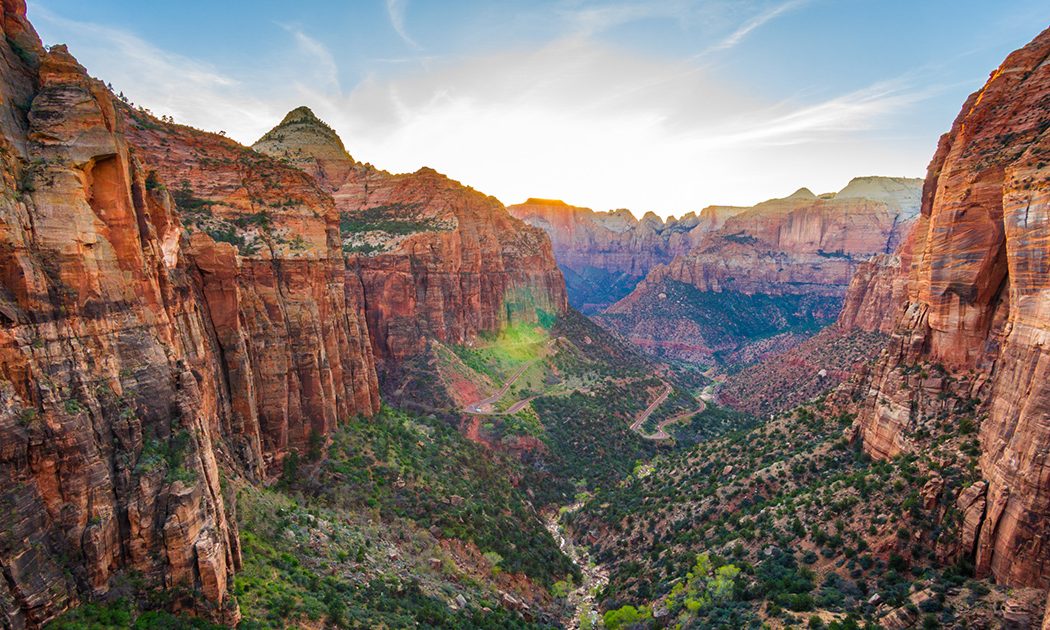What Are Federal Lands
Federal lands refer to lands owned, managed, and administered by the Federal government. Federal lands including national parks, wilderness areas, national wildlife refuges, military reservations, and public-domain land are owned by the United States Federal Government. The purpose is to provide recreational and other opportunities to the public as well as provide further development, and scientific research.
It’s important to mention that the land held by the United States in trust for Native American tribes is generally not considered public land. There are approximately 55 million acres of land held in the above trust by the federal government for Indian tribes and 11 million acres for individual Natives.
National Public Land Types
The below list is a general overview of the types of lands currently considered federal or government-owned and the main purpose behind them.
National Parks
These vast amounts of land can only be designated by Congress and are managed by the National Parks System. They protect the landscapes and offer recreational opportunities for the public.
Wildlife Refuges
The U.S. Fish & Wildlife Service manages wildlife refuges with the main goal of safeguarding and conserving America’s fish, wildlife habitats, and native plants.
National Monuments
Often carrying a cultural and historic value, national monuments are managed by various government agencies often working together to protect their safety.
Wilderness Areas
The Wilderness Act of 1964 gives Congress the power to designate wilderness areas to ensure that America’s wild lands stay inaccessible to the public. The Bureau of Land Management currently manages over 800 wilderness areas spanning over 110 million acres in 44 states.
Conservation Areas
Similar to national parks, national conservation areas are designated by Congress and include some of the most amazing landscapes our country has to offer. This land is maintained by the Bureau of Land Management.
Many other publicly accessible federal lands include national memorials, historic sites, and recreational areas.
The Distribution and the History of Federal Lands
In 1812, Congress established the General Land Office as part of the Department of the Treasury to oversee the disposition of federal lands promised during the Revolutionary War as military bounty land to soldiers who fought for the colonies. In the 19th century, other bounty land and homestead laws were enacted to dispose of federal land. A system of surveyor offices was created, and the federal lands were divided and slowly became assigned as the following: cash entry, credit, homestead, Indian, military warrants, mineral certificates, private land claims, railroads, state selections, swamps, town sites, and town lots. By 1910 about 18.3 million acres were assigned as homestead entries. The laws that drove mass federal land transfers have been canceled or superseded shortly after. About 97% of the overall transfers of federal land to private ownership happened before 1940.
As the 20th century arrived, the government shifted it’s stand on federal land ownership and today’s policies focus on retaining and managing the federal land vs. disposing of it.
Between 1990 to 2018, the overall acreage owned by the federal government decreased from 646.9 million acres to 615.3 million acres, which is about a 5% loss.
Federal Land Holders and Management Agencies
In the United States, federal lands are managed by different agencies, each with its specific mission and focus. The major federal land management agencies include:
Bureau of Land Management (BLM): Manages public lands for multiple uses with a mission to sustain the health, diversity, and productivity of public lands for the use and enjoyment of present and future generations.
U.S. Forest Service (USFS): Manages national forests and grasslands for sustainable resource use, including timber harvesting, grazing, and recreation.
National Park Service (NPS): Administers and manages national parks, monuments, and other protected areas for conservation and public enjoyment.
U.S. Fish and Wildlife Service (USFWS): Focuses on the conservation and protection of wildlife and their habitats.
U.S. Bureau of Reclamation (USBR): Manages water resources and infrastructure in the western United States.
Federal lands can include a wide range of ecosystems, from forests and grasslands to deserts and wetlands. All playing a crucial role in the ecosystem, federal land offers opportunities to preserve biodiversity, support outdoor recreation, and ensure sustainable resource management.

